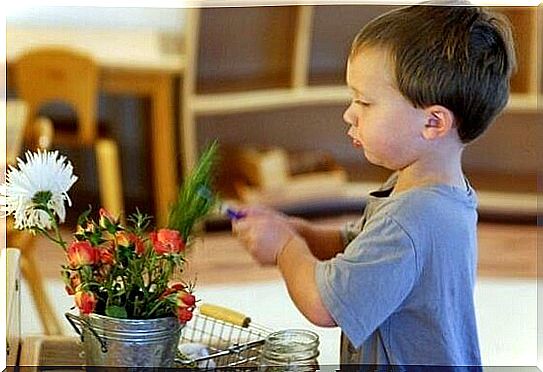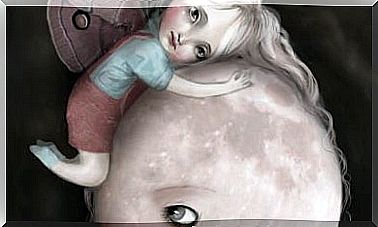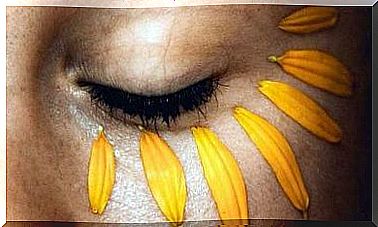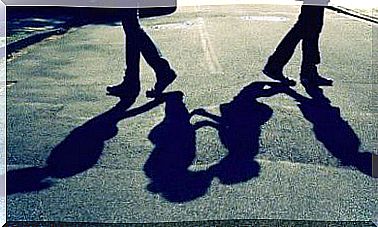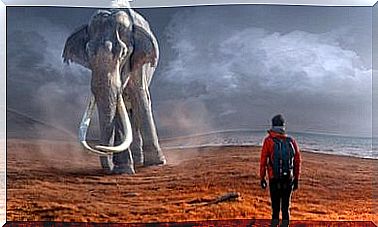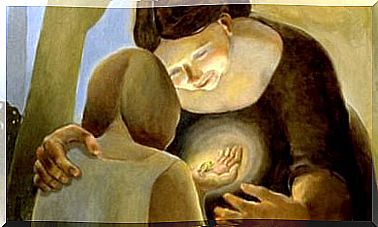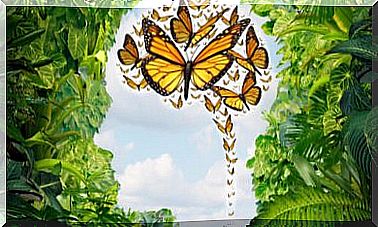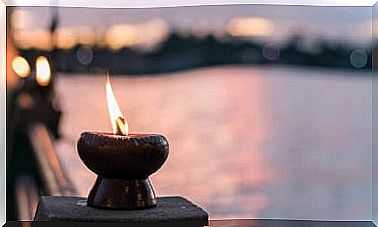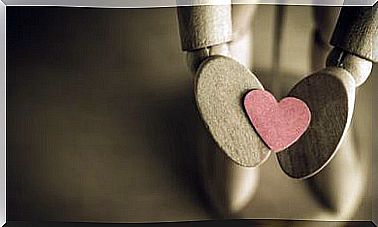What Is The Influence Of The Montessori Method Today?
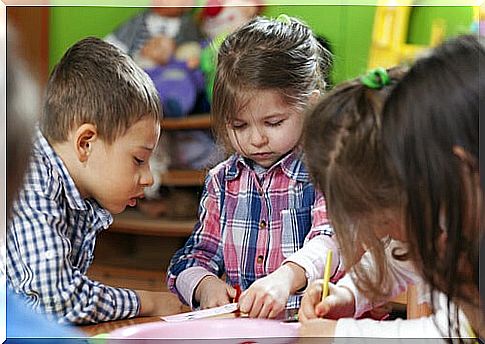
María Montessori is the creator of an educational method that was a revolution. Such was the depth of his proposals that his name transcended his field of specialization. The method he proposed placed special emphasis on play, pointing to it as the perfect medium for the development of multiple skills and aptitudes in children.
An example of application can be found in many nursery schools . We are talking about a non-compulsory training that focuses on play, fun and flexibility, seeking that children are spontaneous and have initiative. Ultimately, the María Montessori method favors the independence of the little ones, at the same time that they acquire basic values of coexistence and cooperation, starting with respect for their peers.
The basic principles of the Montessori method
The Montessori method today, we can analyze it based on the basic principles that govern it. Although its implementation can lead to different adaptations depending on the preferences of educators, in its essence we can find the following.
For starters, the Montessori method encourages discovery-based learning. Discoveries that on the other hand are given thanks to the innate curiosity that all of us have. Let’s think that we always learn better if something causes us curiosity and we want to inquire to “know more”. Precisely this method seeks to take advantage of this natural inclination that children have to ask questions and seek answers.
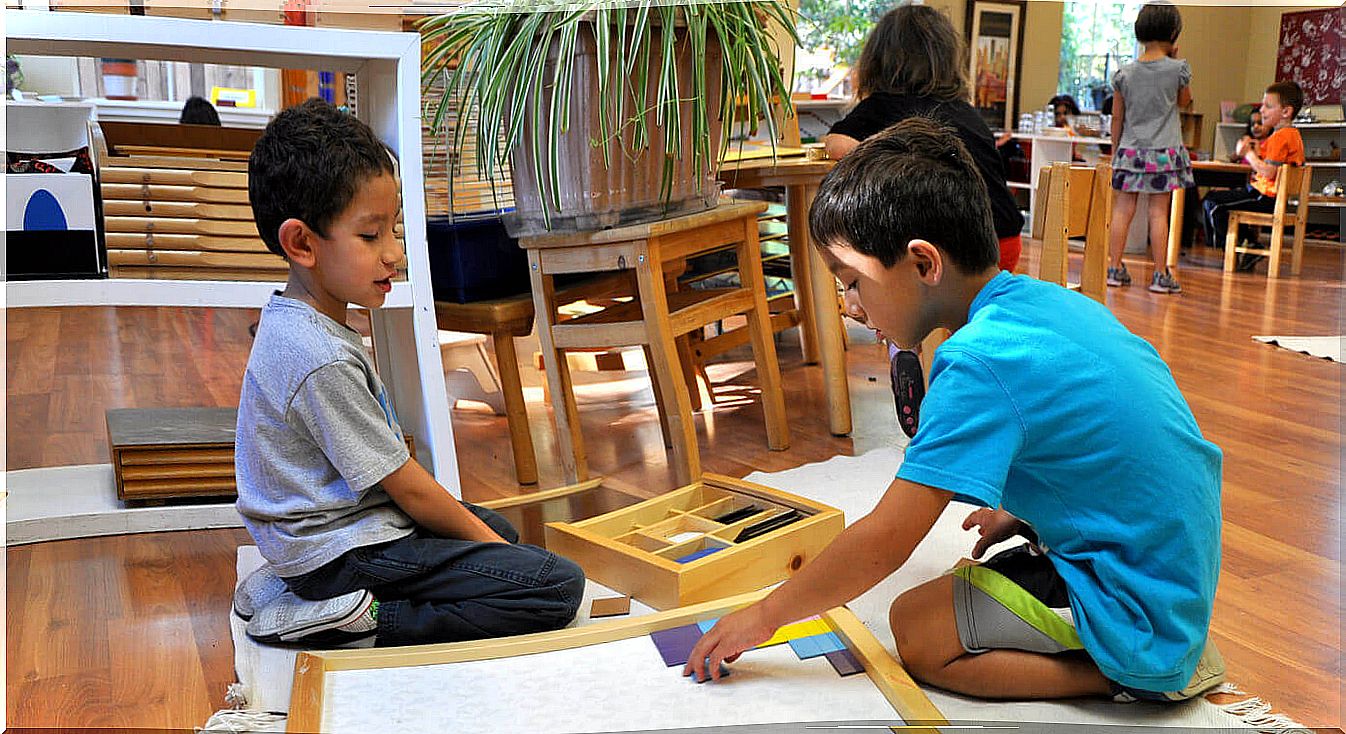
Also, this method does not forget that the environment has to attend to the needs of each child based on their characteristics (age, culture, existence of a diagnosis: hyperactivity, autism, etc.). To this must be added the option of adapting the method to the natural material with which each child can interact and play. We refer to wood, earth and other materials that are not artificial.
The idea is that all the games that are proposed have a collaborative component and that they are always supervised, directed and coordinated by the teacher. This will intervene as little as possible in the learning process of children: it will try to be a mere guide.
To finish with the principles that govern this method, it is necessary to point out that the Montessori method seeks to create numerous classrooms and for different age groups (a maximum difference of 3 years of age). That is, children between 6 and 9 years old, for example, together in a classroom so that they can interact not only with those of the same age. This can be very beneficial as a stimulus.
The Montessori method today
Fortunately , the Montessori method has survived the passage of time and today its spirit is part of the educational strategy of different schools. A type of training where you work a lot with the game, the independence and autonomy of the child is favored, and their interaction with various elements that arouse their curiosity. In short, the natural inclination towards play and fun that occurs at this stage is used to make it the main educational engine.
However , as we immerse ourselves in primary education, the picture changes. Children sit for hours attending to their teacher, receiving reinforcement for being still (or punishments for not doing so), being unable to speak and having to pay attention for very long periods. Classes that follow one after the other, with a dynamic specialized in ending any type of intrinsic motivation for learning.
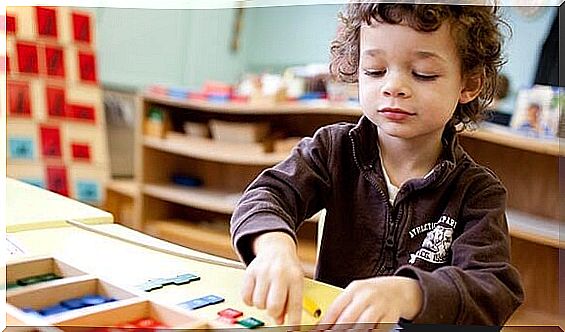
There are several schools that have opted for the Montessori method: CEIP Rosa del Vents in Mallorca, City Country School in Madrid and CEI Entre cuentos in Granada, among many others. But, despite all this, it is possible that we have a doubt. Is the Montessori method only intended for children between 0 and 6 years old? Although most schools currently offer this method only to this age group, the truth is that María Montessori designed it so that it could be used up to 12 years of age.
However, the Montessori method today could also be applied in high school. Well, although María Montessori did not have time to design and develop it completely for this stage, she did leave some established guidelines on the steps to follow with older children.
The data tell us that the teaching that takes place from primary education bores the student. Far from motivating him, it causes him to think that going to school or institute is of no use. This situation should be an incentive to rethink the way we are teaching. A way in which competitiveness is promoted and where a grade labels us as unsuccessful or intelligent, while remaining blind to the primary objective: that the student feels motivated, beyond the evaluation, to understand the world around them.
